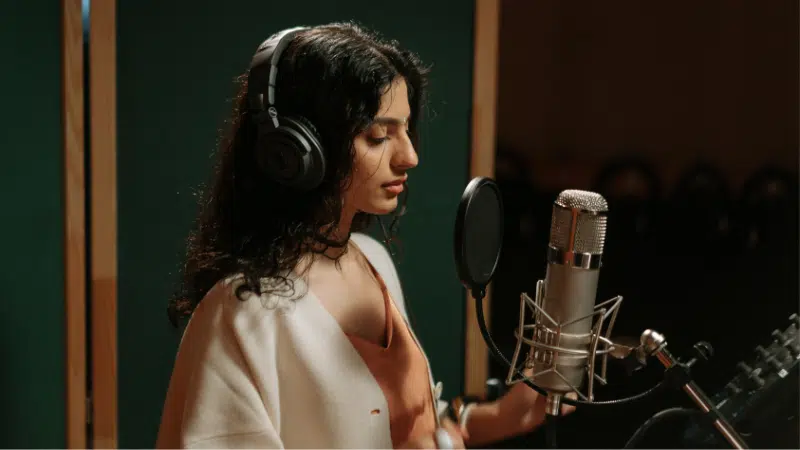Did you miss our Easy Song masterclass? No worries! We pulled together the most valuable tips into a quick recap to help you navigate the world of song licensing with ease. Here’s everything you missed right here…
Easy Song Masterclass Recap: 8 Tips Every Artist Should Know About Song Licensing
1. Why Licensing Matters
Music licensing isn’t just legal red tape; it’s business. Copyrights are valuable assets. Even if you’re an indie artist with a small release, rights holders expect respect and fair proposals. Licensing fees are based on historical deals, not just your project. Approaching licensing like a business deal with a budget, plan, and good presentation improves your chances of getting approved.
2. Custom vs. Mechanical Licenses
There are two main types of licenses: standard mechanical (for audio-only covers without changes) and custom (for remixes, translations, or any altered work). Custom licenses require direct permission from rights holders. Easy Song helps artists prepare proper requests, craft proposals, and outline their plans (including marketing strategies), which can be key to getting permissions.
3. The Importance of a Marketing Strategy
If you’re seeking licensing, you should already have a clear release and promotion plan. Rights holders often look at your reach and promotional strategy, your Spotify listeners, social media presence, and marketing blueprint can influence approval. Show them how you’ll promote the track. It’s not just about your art; it’s about the potential partnership.
4. Timing, Budget & Being Prepared
Licensing takes time, especially for samples or translations, so plan ahead. Try to start before spending money on recording, mixing, or promoting a song that includes unlicensed content. Having a clear timeline and backup plan is crucial. Easy Song offers free consultations to help you assess feasibility and avoid costly surprises.
5. Translations & Global Licensing
Translations always require permission, even if the meaning stays close to the original. Rights holders must approve both the translated lyrics and how they’re presented. Some publishers (like Disney) already own translations in multiple languages and may not allow new versions. In the U.S., mechanical licenses like compulsory licensing apply only domestically, not globally.
6. Covers, Remixes & Samples
Standard covers (same melody and lyrics, new recording) just need a mechanical license. Remixes or samples require custom licenses, especially if you change the melody or use the original master. Using someone else’s audio (even 2 seconds) is legally risky; there’s no “safe” time threshold. Always get permission or re-record the part yourself to avoid complications.
7. Social Media & Sync Licenses
Posting covers on YouTube, Instagram, or TikTok technically requires a sync license. While many artists do it without permission, some videos get taken down or demonetized. Whether a sync license is required depends on how the video is used, the platform’s agreements, and what the publisher allows. Consult before posting high-visibility content.
8. Protecting Your Work After Licensing
Once you’ve gotten approval or created a new work, protect it. Register your song with a Performing Rights Organization (like ASCAP or BMI), file a copyright with the U.S. Copyright Office, and use split sheets to document ownership percentages. This ensures you’re paid correctly and have legal proof of ownership in case of disputes.
To wrap things up…
Understanding song licensing is a pivotal part of managing your music business. With these tips and tricks, you’re on the right track! In the meantime, check out the full masterclass below to see everything you missed…
Want in on the next masterclass? 👀
To make sure you never miss a beat, don’t forget to sign up for our weekly newsletter, Symphonic Weekly! Get updates right in your inbox once a week, and that includes future masterclasses, insider tips, tricks, and so much more. // Click here to sign up today!



